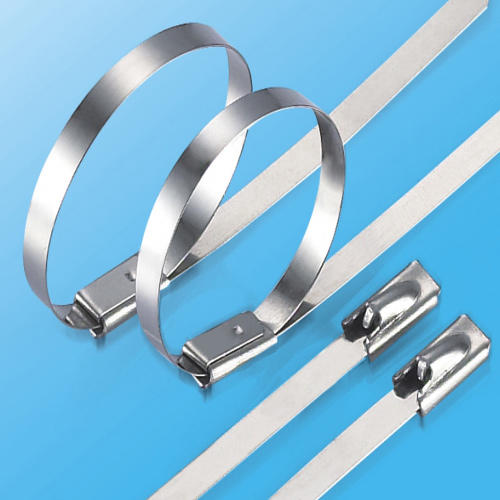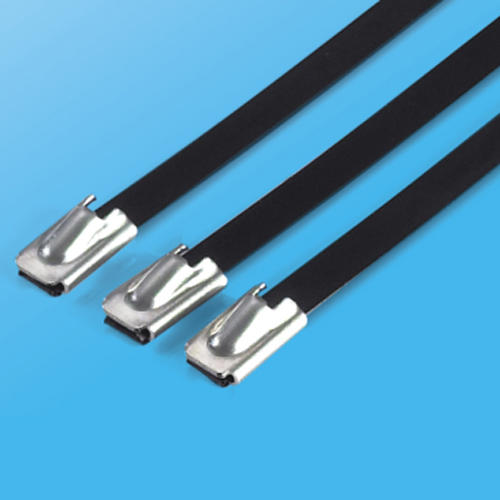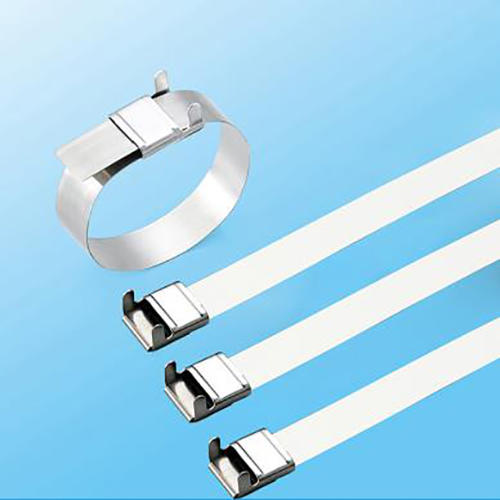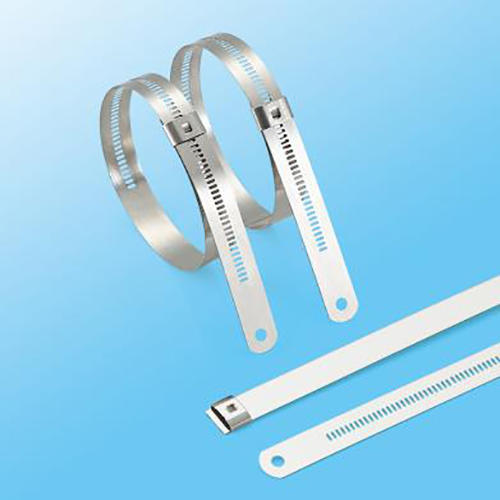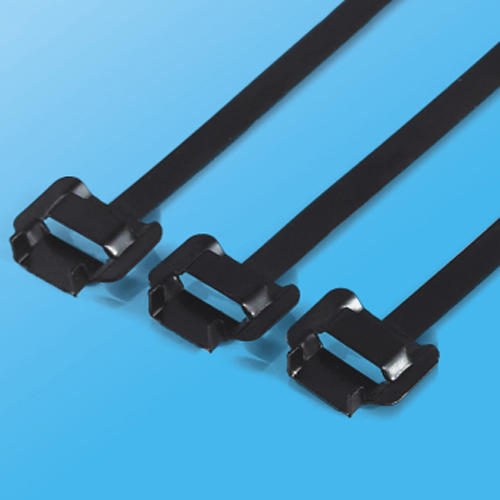Main types of stainless steel
Stainless steel is often divided into martensitic steel, ferritic steel, austenitic steel, austenitic-ferritic stainless steel and precipitation hardening stainless steel according to the state of organization. In addition, it can be divided into chromium stainless steel, chromium nickel stainless steel and chromium manganese nitrogen stainless steel according to the composition. There is also special stainless steel "GB24511_2009_Stainless steel plate and steel belt for pressure equipment" for pressure vessels.

Ferritic stainless steel
Containing 15% to 30% chromium. Its corrosion resistance, toughness and weldability increase with the increase of chromium content, and its resistance to chloride stress corrosion is better than other types of stainless steels. In this category, there are Crl7, Cr17Mo2Ti, Cr25, Cr25Mo3Ti, Cr28, etc. Because of its high chromium content, ferritic stainless steel has good corrosion resistance and oxidation resistance, but its mechanical properties and process properties are poor. It is mostly used for acid-resistant structures with little stress and as anti-oxidation steel. This type of steel can resist corrosion from the atmosphere, nitric acid and salt solutions, and has the characteristics of good high-temperature oxidation resistance and low thermal expansion coefficient. It is used in nitric acid and food factory equipment, and can also be used to make parts that work at high temperatures, such as gas turbine parts, etc. .
Austenitic stainless steel
The chromium content is more than 18%, and it also contains about 8% nickel and a small amount of molybdenum, titanium, nitrogen and other elements. Good overall performance, resistant to corrosion by various media. Commonly used grades of austenitic stainless steel are 1Cr18Ni9, 0Cr19Ni9 and so on. The Wc of 0Cr19Ni9 steel is less than 0.08%, and the steel number is marked as "0". This type of steel contains a large amount of Ni and Cr, making the steel austenitic at room temperature. This kind of steel has good plasticity, toughness, weldability, corrosion resistance and non-magnetic or weak magnetic properties. It has good corrosion resistance in oxidizing and reducing media. It is used to make acid-resistant equipment, such as corrosion-resistant containers and equipment. Lining, conveying pipes, nitric acid resistant equipment parts, etc., can also be used as the main material of stainless steel clock and watch accessories. Austenitic stainless steel generally adopts solution treatment, that is, the steel is heated to 1050~1150℃, and then water-cooled or air-cooled to obtain a single-phase austenite structure.
Austenitic-ferritic duplex stainless steel
It has the advantages of austenitic and ferritic stainless steel, and has superplasticity. Austenitic and ferritic structures each account for about half of stainless steel. In the case of low carbon content, the content of chromium (Cr) is between 18% and 28%, and the content of nickel (Ni) is between 3% and 10%. Some steels also contain alloying elements such as Mo, Cu, Si, Nb, Ti, and N. This type of steel has the characteristics of austenitic and ferritic stainless steel. Compared with ferrite, it has higher plasticity and toughness, no room temperature brittleness, and significantly improved intergranular corrosion resistance and welding performance, while still maintaining iron The 475℃ brittleness, high thermal conductivity, and superplasticity of element stainless steel. Compared with austenitic stainless steel, it has high strength and significantly improved resistance to intergranular corrosion and chloride stress corrosion. Duplex stainless steel has excellent pitting corrosion resistance and is also a nickel-saving stainless steel.
Precipitation hardening stainless steel
The matrix is austenite or martensite, and the commonly used grades of precipitation hardening stainless steel are 04Cr13Ni8Mo2Al and so on. Stainless steel that can be hardened (strengthened) by precipitation hardening (also known as age hardening).
Martensitic stainless steel
High strength, but poor plasticity and weldability. The commonly used grades of martensitic stainless steel are 1Cr13, 3Cr13, etc. Because of the higher carbon content, it has higher strength, hardness and wear resistance, but the corrosion resistance is slightly worse. It is used for higher mechanical properties and corrosion resistance. Some general parts are required, such as springs, steam turbine blades, hydraulic valves, etc. This type of steel is used after quenching and tempering. Annealing is required after forging and stamping.
Stainless steel plate and steel belt for pressure equipment
For pressure vessel special stainless steel, its classification and code, size, shape and allowable deviation, technical requirements, test methods, inspection rules, packaging, marking and product quality certificates have clear requirements. Commonly used grades are 06Cr19Ni10, 022Cr17Ni12Mo2. The digital codes are: S30408, S31603, etc. Mainly used in sanitary equipment such as food machinery and pharmaceutical machinery.
The stainless steel cable ties produced by our company have acid resistance, corrosion resistance, high tensile strength and spherical structure, which make NKQP cable ties have the advantages of simple installation, fast and unsolvable.

